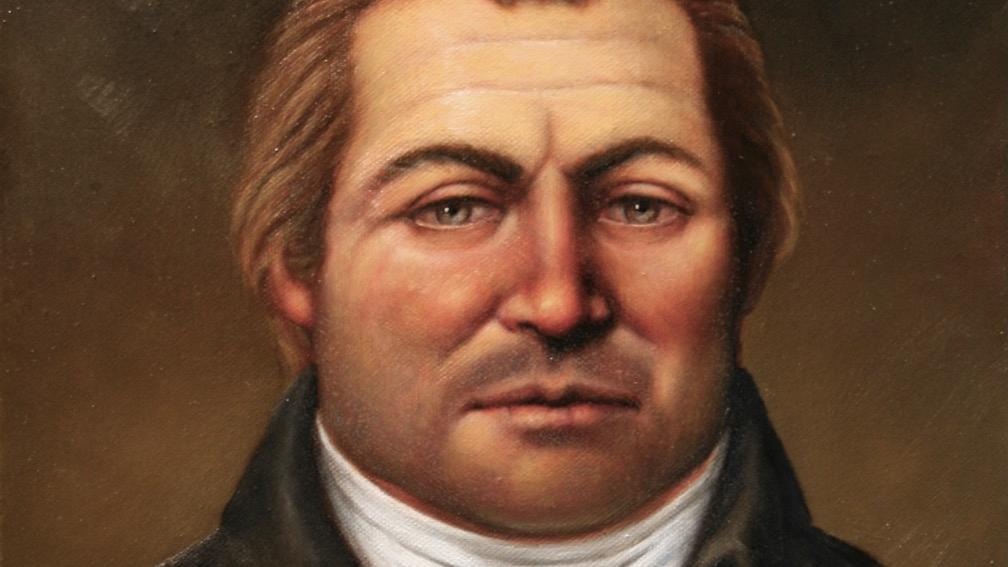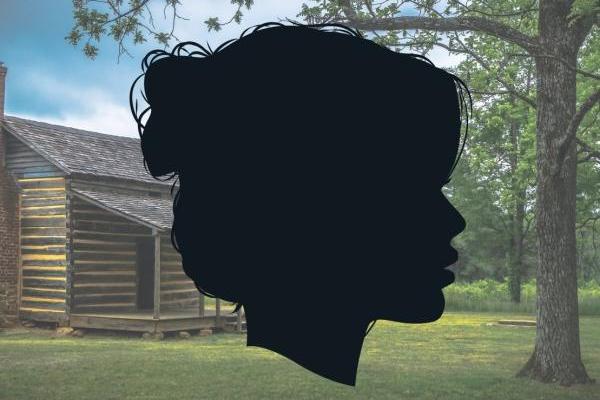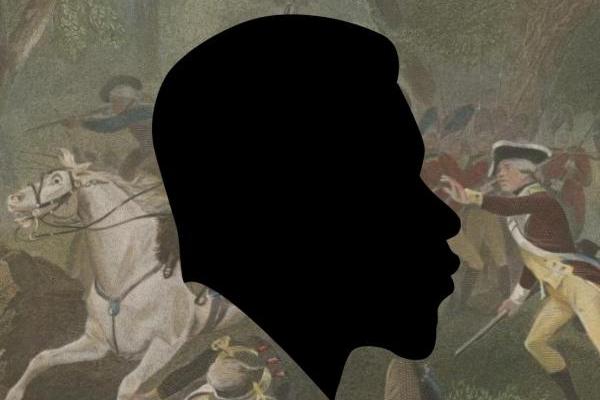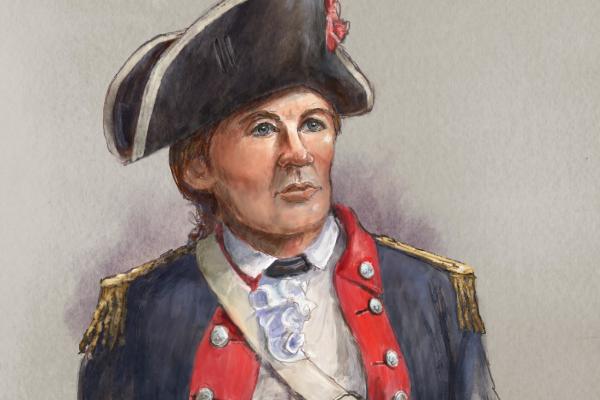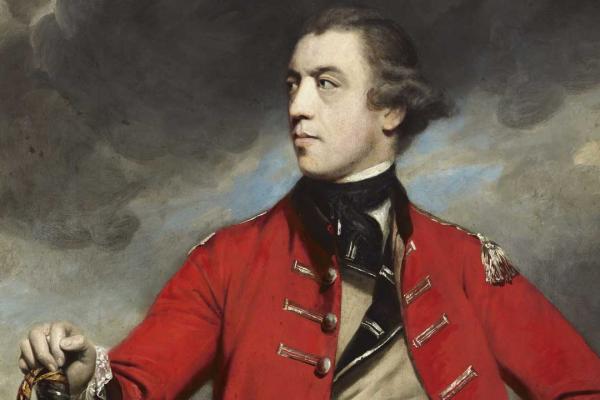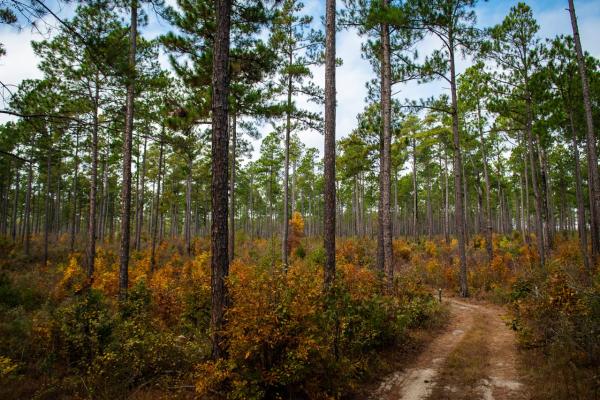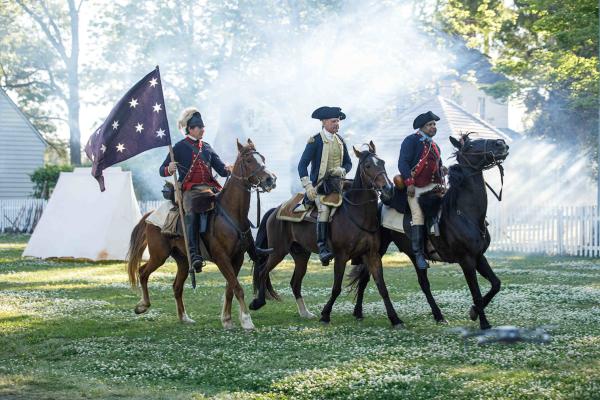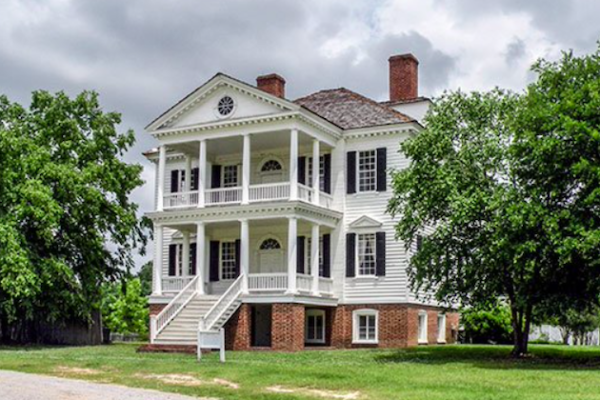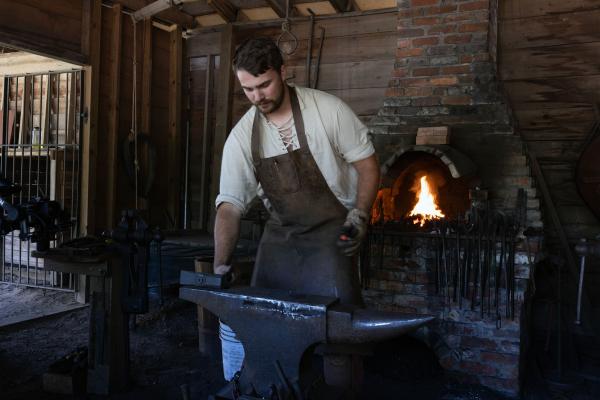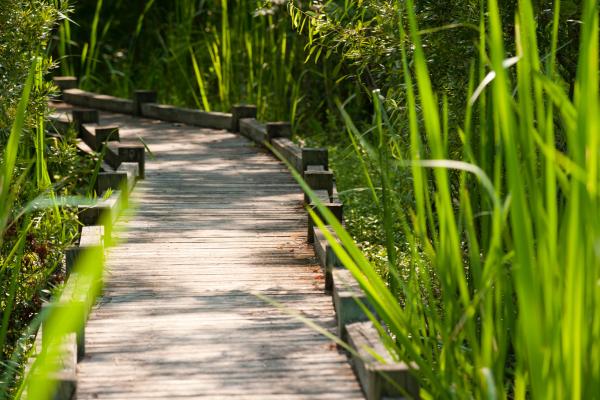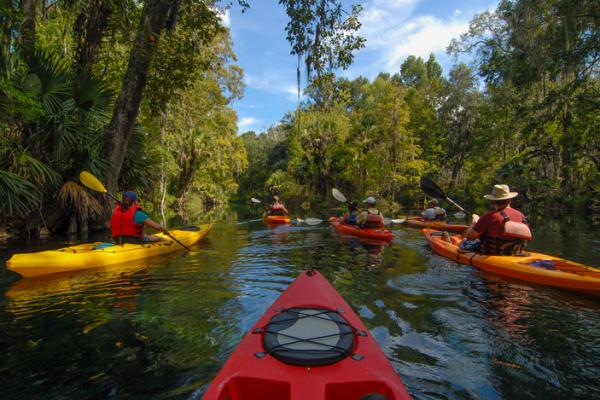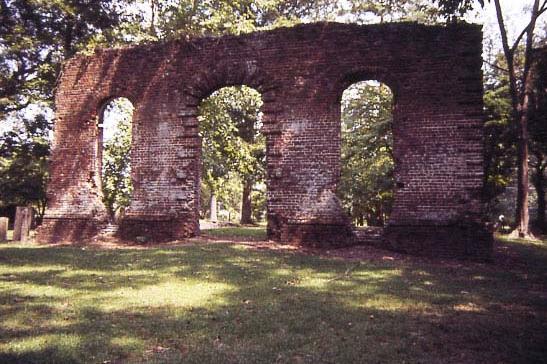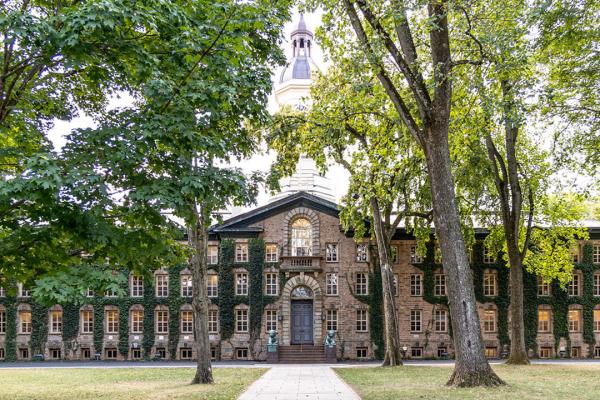Katy Barry, born Margaret Catherine Moore, played a crucial role as a messenger and spy for the American troops, earning her the title "Heroine of the Battle of Cowpens," and her legacy is preserved at Walnut Grove Manor in South Carolina.
John Broddy, an enslaved aide to Colonel William Campbell during the American Revolution, fought alongside Campbell at Kings Mountain and was later emancipated in 1793 for his loyal service, living the remainder of his life in Virginia until his death in 1859.
Commander of a Virginia unit during the American Revolution, Abraham Buford saw his troops massacred by Banastre Tarleton and his British Legion at the Battle of Waxhaws in South Carolina.
A gambler, playwright, and general, Burgoyne saw action in the early years of the American Revolution. A witness of the Battle of Bunker Hill, Burgoyne would face the biggest stain on his reputation from his surrender at Saratoga in October of 1777.
Uncovering History
We invite you to visit the preserved locations along the Liberty Trail and to immerse
yourself in the extraordinary events that determined the fate of a nation.
